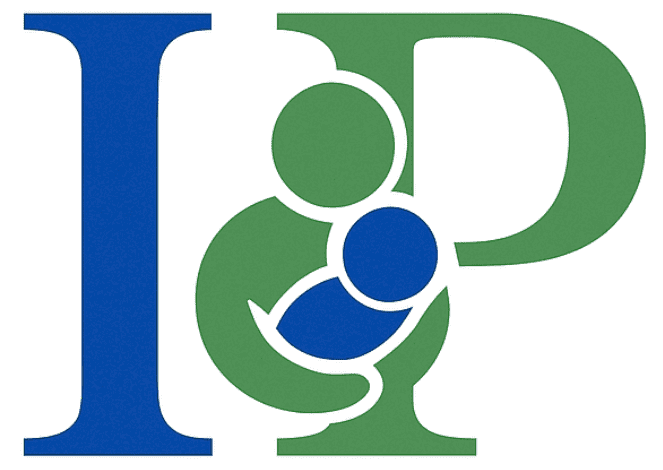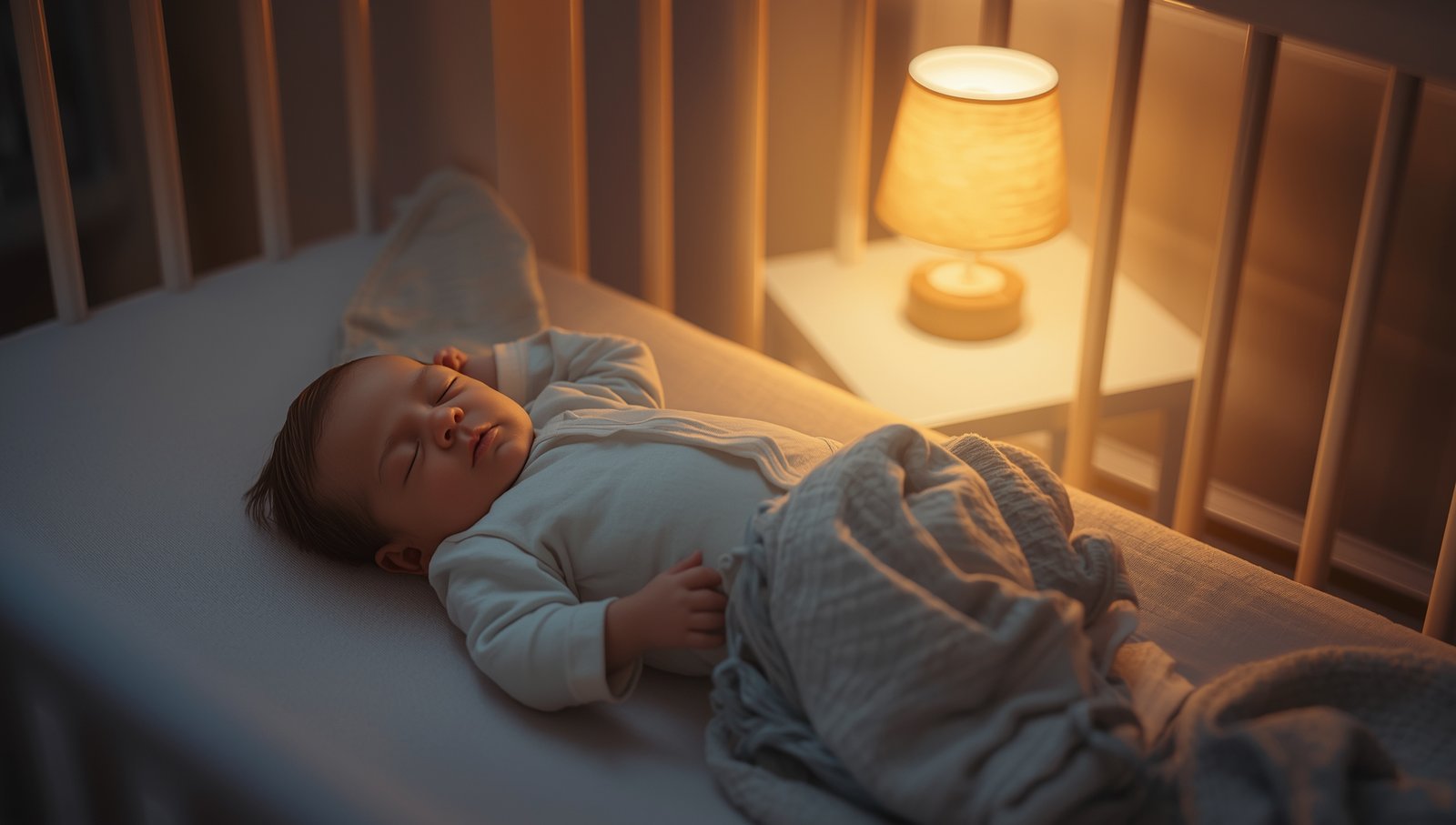The Ultimate Guide to Dressing Your Newborn for Sleep
When it comes to dressing a newborn for sleep, one of the first things to keep in mind is ensuring that they stay comfortable. In those first weeks, you don’t need a huge variety of outfits, but it’s crucial to dress your baby appropriately, as they are particularly sensitive to hot and cold temperatures. Whether it’s a swaddle, a sleeper gown, or a simple pajama, making sure your baby’s needs are met will set the stage for better sleep and a happier, calmer night. Keeping the room at the right temperature is key, and a snug fit that doesn’t restrict movement can go a long way in helping your little one feel cozy and secure as they drift into dreamland.
What Should Your Baby Wear to Sleep? Considerations for Comfort
Choosing what your baby should wear to sleep often depends on the sleep environment and the temperature in the room. While newborns tend to sleep better in sleeper gowns, these are usually better suited to their size, keeping them cozy without overheating. As your baby grows, 2-piece sets become more suitable for older babies and toddlers. Pajamas that are breathable and not too tight will prevent discomfort during the night. It’s also important to monitor whether your baby feels too cold or hot—this will help you make informed decisions about how to dress them for sleep, avoiding any unnecessary stress for parents. Overheating can cause discomfort and even be unsafe, while a baby that’s too cold might not sleep soundly.
What should a NEWBORN wear to sleep?
When dressing a newborn for sleep, comfort is key. 1-piece sleepers and sleep gowns are great options, offering a cozy and comfy fit that helps your baby sleep soundly. A sleep bag can also keep your little one snug, reducing the risk of them getting too cold. Cuffed sleeves are ideal for preventing your baby from scratching their face during the night, which helps maintain their comfort. Whether you’re at home or traveling, always make sure the pajamas fit properly, keeping your baby warm without being too tight.
What should a BABY(3 Month-12 Month) wear to sleep?
As your baby grows, especially between 3 to 12 months, they might need more versatility in their sleepwear. 1-piece pajamas and 2-piece pajamas can be great choices depending on the sleep environment. If the temperature is cooler, a sleep bag provides extra warmth without making your baby feel restricted. Always consider your baby’s mobility and how often you’ll need to change diapers during the night when choosing their sleepwear. Whether it’s a onesie, sleep sack, or fleece-footed pajamas, the key is to dress them in something that allows them to stay comfortable while they rest.
How to dress your newborn in SUMMER
At Day Time
When it’s summer, keeping your newborn comfortable while they sleep is key. During the day, you want to avoid exposing them to direct sunlight, so keeping them in the shade is a good choice. Babies don’t have enough melanin in their skin for proper protection from the sun. On hot days, dressing them in a single layer of lightweight, breathable cotton will help keep them cool. If you plan on going out, make sure to put a wide-brimmed hat on your baby to protect their face from the sun. For walks in the pram, a clip-on parasol or sunshade can be used to block out the heat. Avoid muslin or heavy blankets, as they can cause your baby to become overheated.
At Night Time
When the night comes, nightwear should be kept to a minimum to ensure your baby doesn’t get too warm. For the warmest nights, a vest and nappy should be enough, but if your baby kicks or pushes the covers off, use a secure sheet to keep them covered and prevent it from becoming entangled around their face. Keeping things simple at night is important for your baby’s comfort, and finding that right balance will help them sleep better.
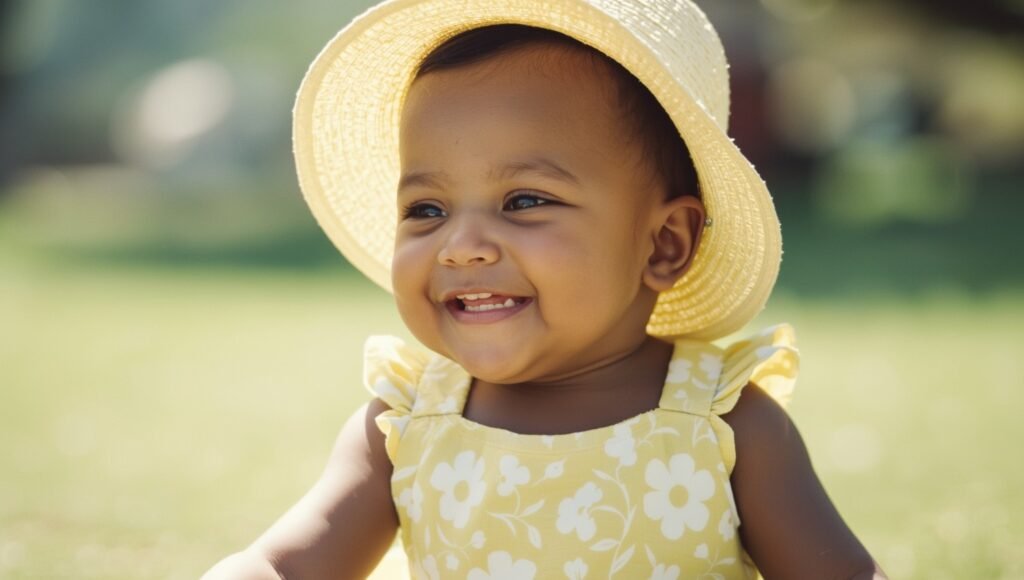
How to dress your newborn in WINTER
At Day Time
When dressing your newborn for winter, the rule of thumb is to add one extra layer of clothing than what you are wearing. For example, if you’re in a t-shirt and jumper, dress your baby in a vest, sleepsuit, and cardigan to keep them warm. If it’s particularly chilly, a hat can be useful, but remember to remove it once you’re indoors or in a warm car, bus, or train to avoid overheating. Be mindful when waking your baby; try not to disturb them too much while adjusting their clothing.
At Night Time
During the night, your baby needs to stay warm but also avoid overheating. The risk of SIDS is a concern if they’re too hot, so a sleepsuit and a sleeping bag are good choices. Follow the recommendation for winter tog thickness to make sure they’re just the right temperature. Use a sheet and a lightweight blanket for extra warmth, but avoid thick, fleecy, or padded blankets, which may make your baby too hot. If needed, add an extra layer to keep your baby cold-free and comfy.
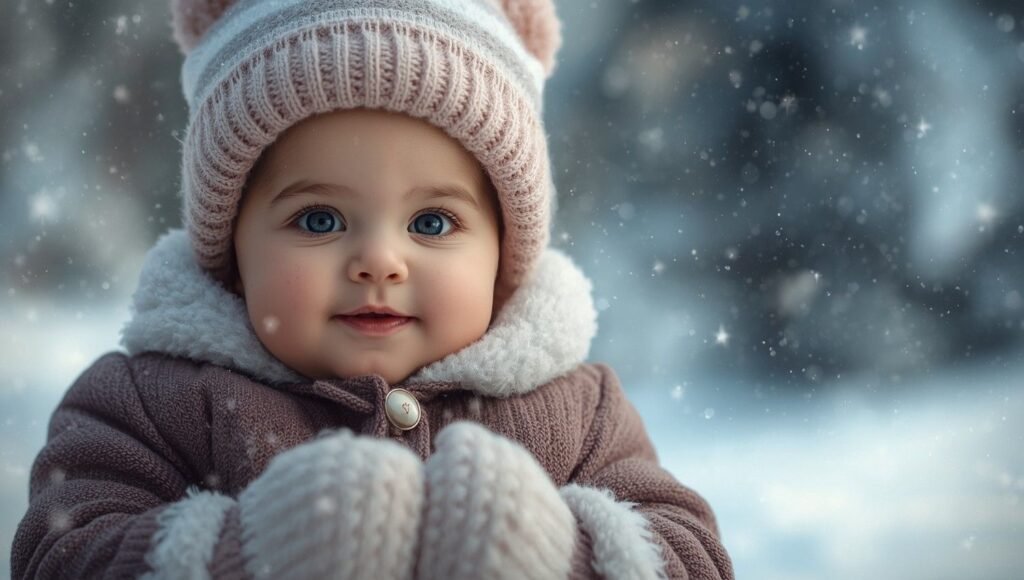
Types of Baby Pajamas
1 Piece Pajamas
When choosing baby pajamas, you have plenty of options to ensure comfort for your little one. For younger babies, 1-piece pajamas are an excellent choice. They come in different styles, including footed pajamas that keep your baby’s body and feet snug and warm, perfect for cold weather. If you prefer something with a bit more flexibility, baby footless sleepers are a great alternative. These sleepers may have short sleeves or long sleeves, and short pants or full pants, but they don’t cover the feet, allowing for more movement. Easy-up zippers instead of snaps make diaper changes much easier in the middle of the night. Whether it’s for a baby girl or a baby boy, choose pajamas that fit well and keep them cozy while they sleep.
2 Piece Pajamas
As babies grow, typically after six months, 2-piece pajamas become a good option for sleepwear. These sets are made up of pajama tops and bottoms, with short-sleeve or long-sleeve tops and pants depending on the season. They provide great comfort and are soft and snug, ensuring that babies stay comfortable throughout the night. They also make bottom-only changes quickly and easily, which is especially helpful in the middle of the night. Choose pajamas that allow for maximum comfort and easy mobility.
Wearable Blanket
Another great choice for newborns is a wearable blanket or sleep sack, which acts like a cocoon to keep your baby warm during cold nights. Brands like Carter’s offer sleep bags made from materials such as organic cotton, double-knit knit all soft on your baby’s skin. These sleep sacks help regulate your baby’s sleep temperature without the need for extra blankets, reducing the risk of overheating. They’re designed to be breathable yet warm enough to keep your little one comfortable all night long.
Should You Swaddle Your Baby?
Swaddling can be a great way to keep your newborn cozy and calm during sleep. By wrapping your baby in a thin blanket, you can create a snug feeling that helps them feel secure. Expert organizations suggest that swaddling can be beneficial for newborns, as it can promote better sleep by mimicking the feeling of the womb. However, there are some risks involved, especially once your baby starts rolling over. Once they can roll face down, it’s crucial to stop swaddling to prevent suffocation risks. Swaddling should generally stop by around 3 months, but some infants may start rolling over as early as 2 months. Be cautious not to swaddle too tightly, as this can cause pressure on your baby’s hips and make it harder for them to breathe well.
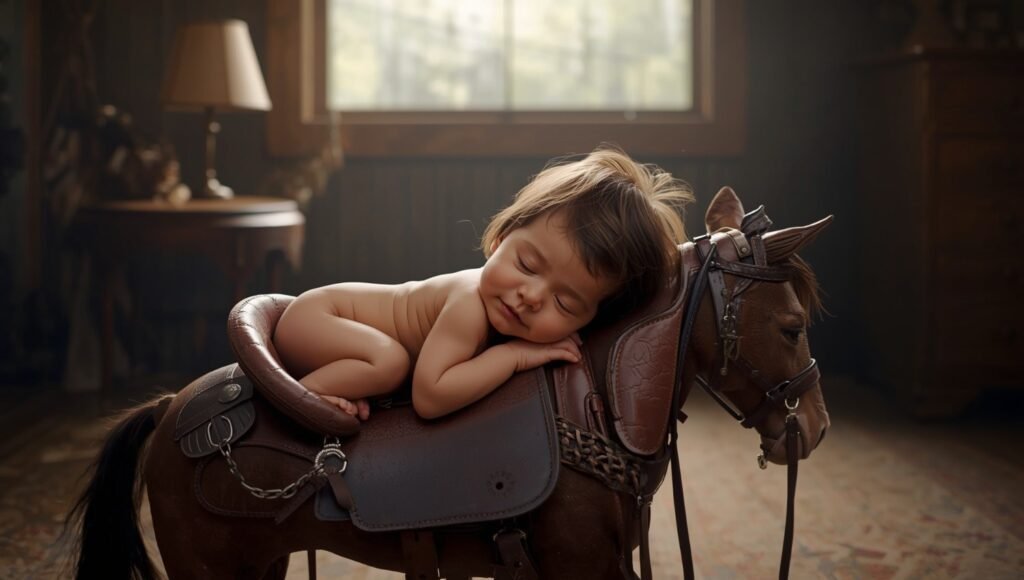
How to Swaddle a Baby?
Swaddling your baby correctly can help them feel secure and sleep better. Experts recommend using a light, thin blanket when swaddling. A caregiver can wrap the blanket around the baby’s torso, leaving enough room for their arms to move. It’s important not to wrap the baby too tightly to avoid pressure on their hips and ensure they can breathe properly. Always check the temperature while swaddling, as it’s easy for a baby to become too hot if the blanket is too tight or if the baby is dressed in layers that trap heat. Watch for signs like sweating, flushed cheeks, or skin that feels hot to the touch to ensure your baby is comfortable.
Safe Sleeping Practices for Newborns
When putting your baby to bed, follow expert organizations like the American Academy of Pediatrics for safe sleeping guidelines. One of the key recommendations is back sleeping; always place your baby on their back in the crib to reduce the risk of SIDS (Sudden Infant Death Syndrome). Room sharing with your baby is also recommended for the first 6 months, but make sure they have a separate sleeping surface, like a bassinet, next to your bed. It’s important to use firm and flat sleep surfaces with a fitted sheet and avoid placing any soft objects like pillows, blankets, or stuffed animals in the crib to reduce the risk of suffocation or strangulation.
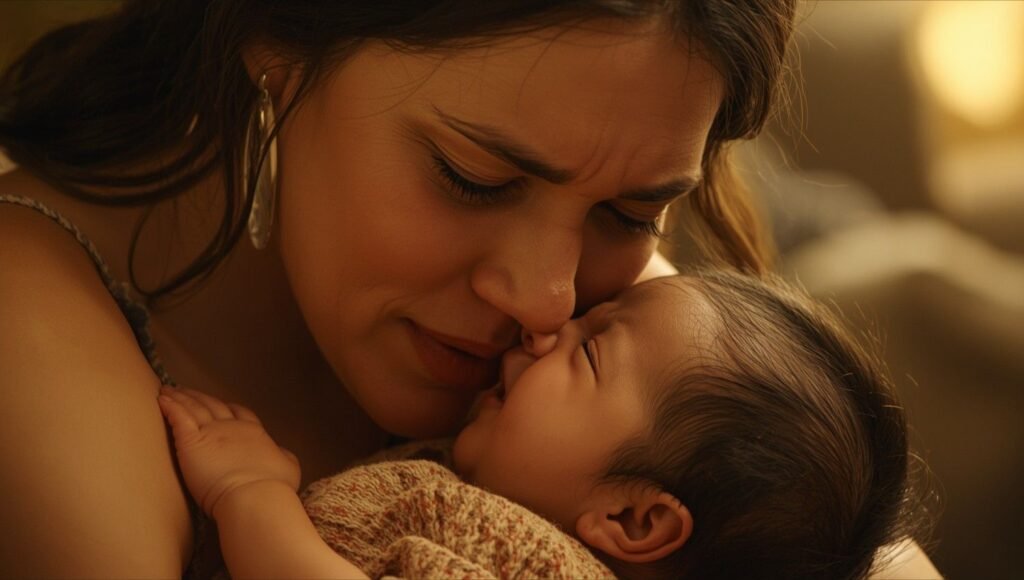
Additional Tips for Safe Sleep
Another helpful tip is to give your baby a pacifier before sleep, as studies suggest it can reduce the risk of SIDS. However, avoid using a bottle in bed, as it may cause tooth decay and disrupt their sleep. Also, it’s important to provide tummy time during the day to help your baby develop their motor skills and keep their head shape healthy. This should always be supervised, especially for younger babies.
Temperature regulation
When it comes to temperature regulation for babies, it’s important to remember that small babies aren’t great at managing their own body heat. If the room is hot or if there is too much clothing or bedding, your baby may overheat. A good way to tell if they are too warm is by checking if they are sweating or if their tummy feels too hot. Their hands and feet may feel cool, which is normal, so focus on feeling their core to gauge their comfort. If your baby is getting too hot, try using lightweight blankets or even a folded blanket, which counts as 2 blankets for extra warmth without causing overheating.
Safe room temperature
To keep your baby safe and comfortable while they sleep, the room temperature should ideally be between 16 to 20C (around **68℉ to 72℉). This is the most comfortable and safe range for sleeping babies. In this range, babies only need light bedding or a baby sleep bag to stay warm. Avoid using heavy bedclothes or extra clothes, especially in the winter or if your baby is unwell or feverish. Keep away from hot water bottles, electric blankets, radiators, heaters, and fires, as these can overheat your baby. Always remember to avoid placing your baby in direct sunshine, which can also make them too warm.
FAQ’s
What are the signs your baby is too hot while sleeping?
It’s important to check if your baby is too hot while they’re sleeping. If your baby’s neck or hair is sweaty, or if their cheeks are flushed, they might be getting too warm. Another sign is if your baby’s core, their chest, back, or tummy feels clammy or hot to the touch. In this case, it’s a good idea to reduce layers or switch to a sleep sack or swaddle with a lower TOG rating. If your newborn is wearing a diaper and a b.e.s.t. swaddle, make sure the air flow is good to ensure they are safely swaddled and comfortable, not too warmly dressed.
What are the signs your baby is cold at night?
If your baby feels cold at night, you can check their core, especially the chest, neck, back, and tummy. If these areas feel cool to the touch, it means your baby is not warm enough. Keep in mind that fingers and toes may feel cool even if your baby is dressed perfectly, so always check the core. In this case, you might want to add thicker jammies, a onesie, or a sleep sack with a higher TOG rating to keep your baby warm. It’s important to adjust their blanket or pajamas based on the temperature of the room to ensure they are comfortable.
How many layers should a newborn wear?
In the first days and weeks of life, newborns may need extra layers to help them regulate their temperature. You can start by dressing your baby similarly to how you are dressed. The American Academy of Pediatrics recommends that a newborn be dressed in no more than one additional layer compared to what adults are wearing in the same environment. If you have any concerns, it’s always a good idea to consult a pediatrician to make sure your baby is dressed appropriately and comfortably.
Should newborns wear hats to sleep?
According to the American Academy of Pediatrics, newborns should not wear hats to sleep after the first few hours of life, even if they were used in the NICU or hospital. While hats help regulate a newborn’s temperature during the first few hours, they are not needed once your baby is indoors. This helps prevent overheating and ensures that your baby remains comfortable while they sleep.
What is the best temperature for a baby sleep?
For the best sleep environment, the recommendations for room temperature are 68℉ to 72℉ (about 20℃ to 22℃). While adjusting the thermostat, keep in mind that homes can vary in temperature. For example, in Arizona during summer, it’s common for homes to be around 78℉, but families can still feel comfortable and safe as long as they’re dressed appropriately for the temperature. Dressing your baby to match the temperature of the room is key to keeping them comfortable without overheating.
